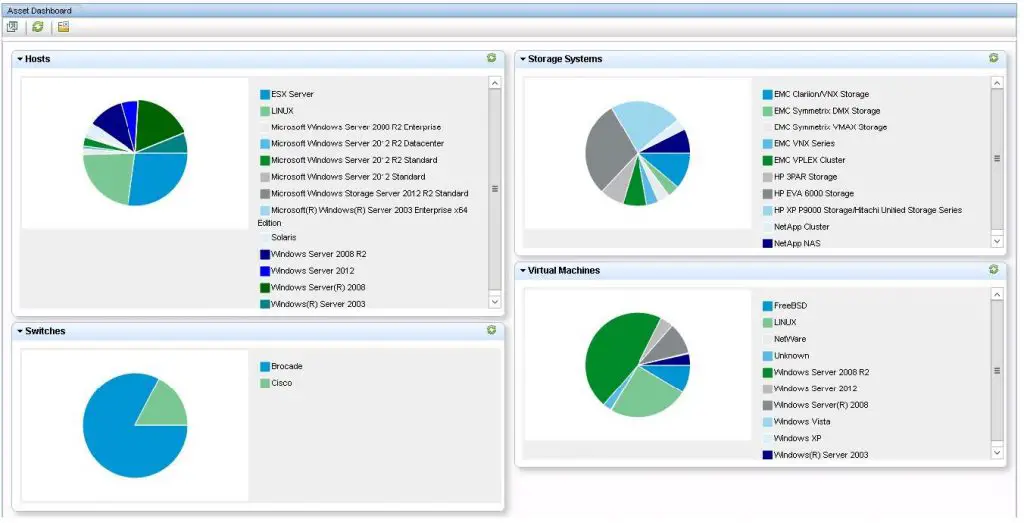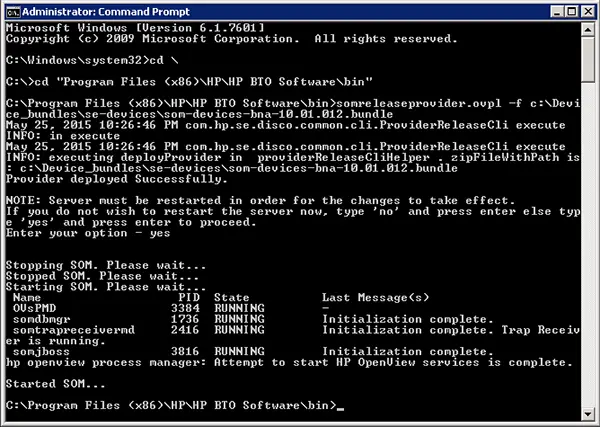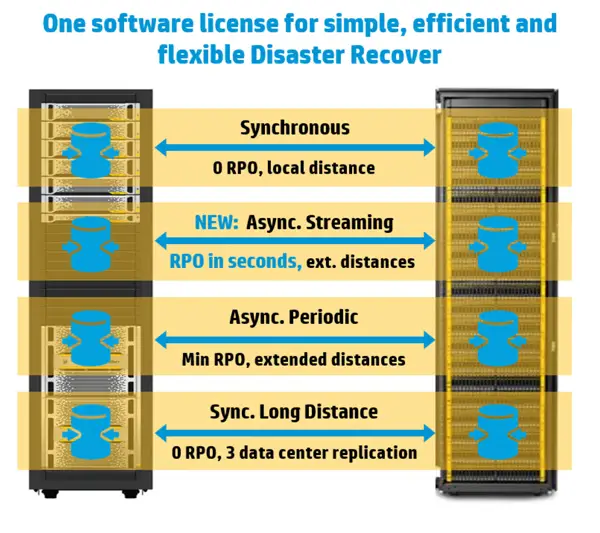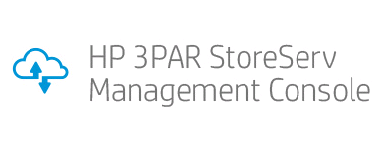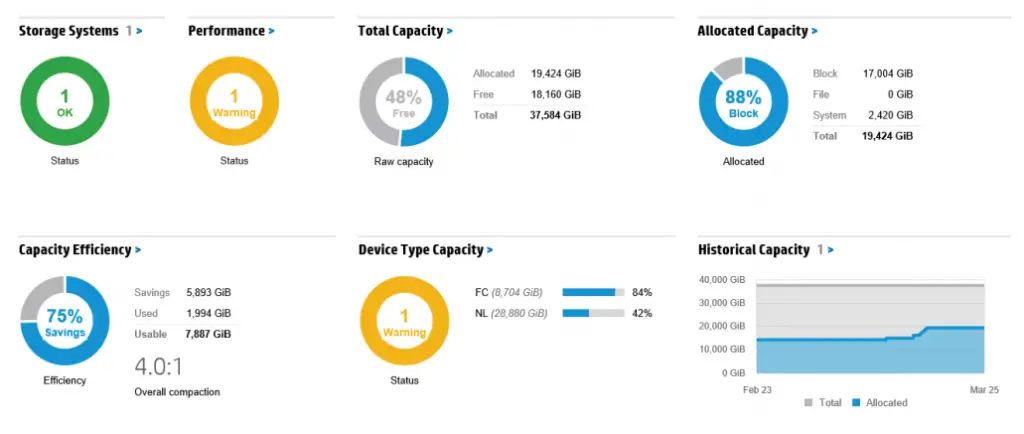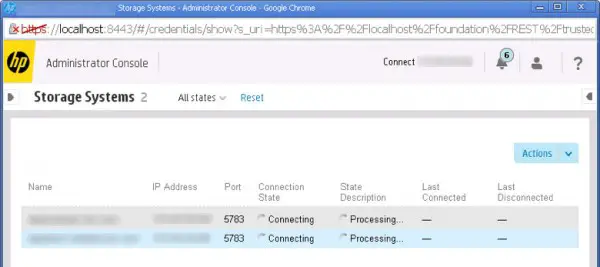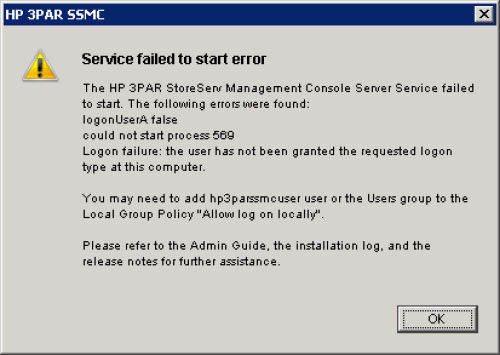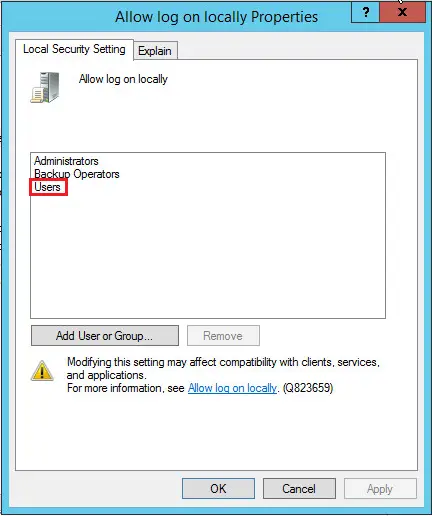 After almost a 3 year run, HP is replacing the 3PAR StoreServ 7000 series with all new 3PAR StoreSev 8000 series arrays. This news comes while HP is celebrating how well its mid-range 3PAR arrays have been selling versus competitors. The new arrays features upgraded hardware including 16-gigabit fibre channel and 12-gigabit SAS connectivity for its drives and will feature the same fifth-generation ASIC that were introduced in the 20000 series arrays earlier this year. The 8000 series also increases the density of storage possible across the board in the 3PAR arrays, reducing the footprint and increasing the top-end capacities.
After almost a 3 year run, HP is replacing the 3PAR StoreServ 7000 series with all new 3PAR StoreSev 8000 series arrays. This news comes while HP is celebrating how well its mid-range 3PAR arrays have been selling versus competitors. The new arrays features upgraded hardware including 16-gigabit fibre channel and 12-gigabit SAS connectivity for its drives and will feature the same fifth-generation ASIC that were introduced in the 20000 series arrays earlier this year. The 8000 series also increases the density of storage possible across the board in the 3PAR arrays, reducing the footprint and increasing the top-end capacities.
In terms of portfolio, HP touts a single architecture, single OS and single management across a wide range of solutions with the HP 3PAR. With the 8000 series introduction, the difference between 3PAR models comes down to the number of controller nodes and associated ports, the types of drives in the array and the number of ASICs in the controllers. The 8000 series features a single ASIC per controller node and the 20000 series features 2 ASICs per controller node along with more CPU capacity and more RAM for caching.
Both the 8000 and 20000 series arrays feature the 3PAR Gen5 ASIC, which is the latest generation introduced earlier in 2015. If history repeats, additional capabilities of the Gen5 ASIC will get unlocked by future software upgrades on these two new series of arrays, but out of the gate, the new platforms are already touting density and performance gains in the new platforms. HP says that they have increased density by 4x, performance 30 to 40 percent and decreased latency by 40 percent between the 7000 and 8000 series arrays. HP says the 8000 series can provide up to 1 million IOPS at 0.387 ms latency.
HP also announced a new 20450 all-flash starter kit. This model scales to a maximum of 4 controller nodes as opposed to 8 controller nodes in the 20800 and 20850 models. The 20000 series are the high-end storage arrays HP introduced earlier this year to replace the 10000 series arrays, and are typically targeted at large enterprise and service providers.
That rounds out the HP 3PAR portfolio with the following models:
- HP 3PAR StoreServ 8200 is the low-end dual-controller model that scales up to 750TB of raw capacity
- HP 3PAR StoreServ 8400 scales up to 4 controller nodes and is capable of scaling out to 2.4PB of raw capacity
- HP 3PAR StoreServ 8440 is the converged flash array that provides similiar high performance to an 8450 array, but with the ability to also have spinning disks. It scales up to 4 controller nodes and includes an increased amount of cache on the controller pairs, comparable to the cache on node with an all-flash array.
- HP 3PAR StoreServ 8450 is the all-flash storage array scales up to 4 controller nodes and up to 1.8PB of raw capacity and a usable capacity over 5.5PB. This is the model HP talks about when it says 1 million IOPS at under 1 ms of latency.
- HP 3PAR StoreServ 20450, a quad-controller, all-flash configuration with larger scale than the 3PAR 8450
- HP 3PAR StoreServ 20800, the workhorse array with up to 8 controller nodes and a mix of hard disk and solid state drives.
- HP 3PAR StoreServ 20850, the all-flash configuration of the 20000 series.

HP announced the new 8450 all-flash array is available in 2U starter kit priced at just $19,000 for 6TB of usable storage. When HP talks about usable storage and the all-flash array, it assumes a 4 to 1 compaction using its thin-provisioning and thin-deduplication – both native, realtime capabilities powered by the ASIC. The same array can also be configured with up to 280TB of usable capacity in just 2U of space.
All this news comes just in time for VMworld, where HP is going to be showing the new arrays publicly for the first time. I look forward to checking them out on the show floor and talking with some HP folks to find out more.



